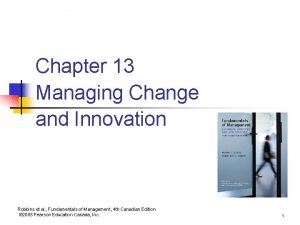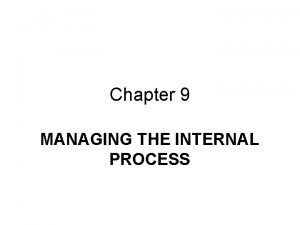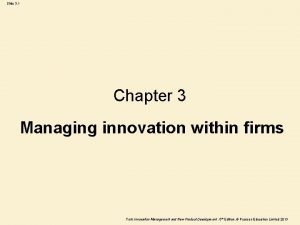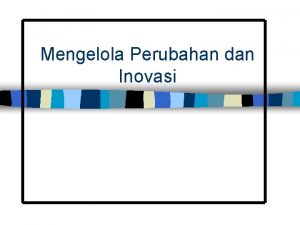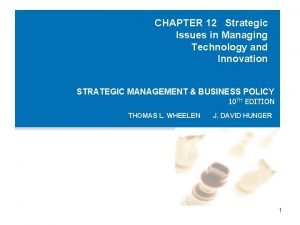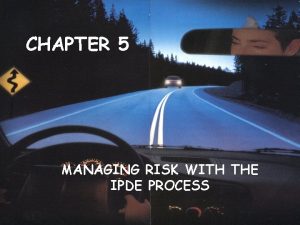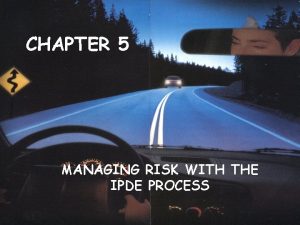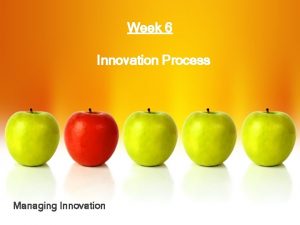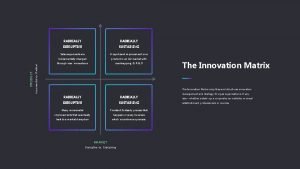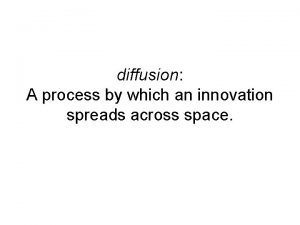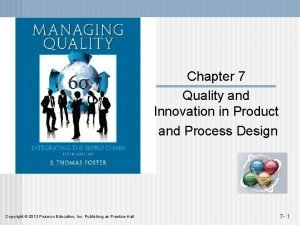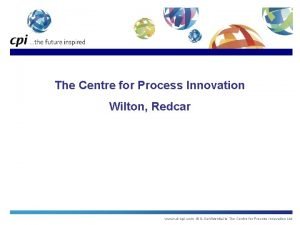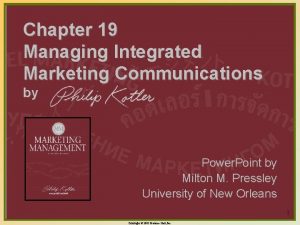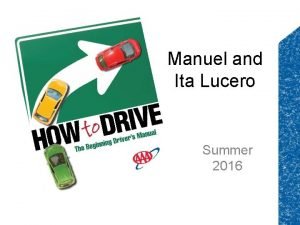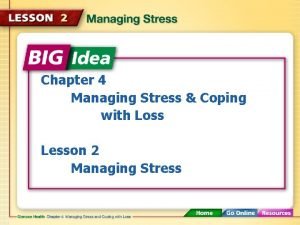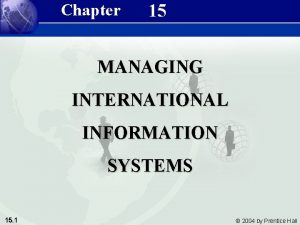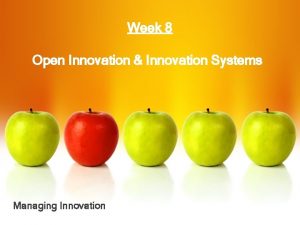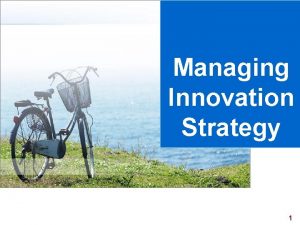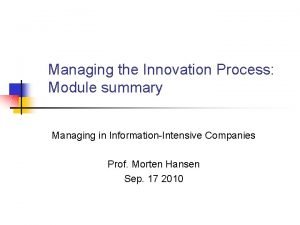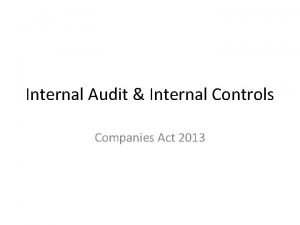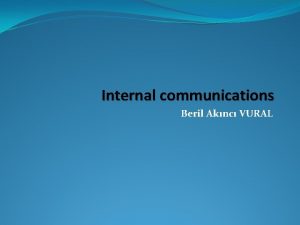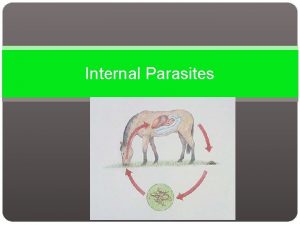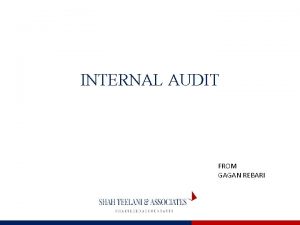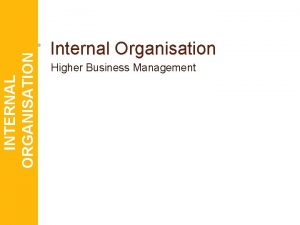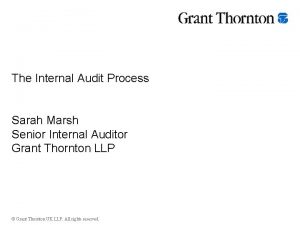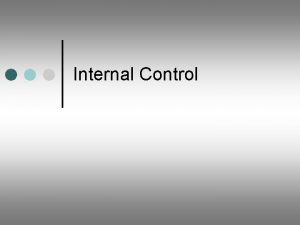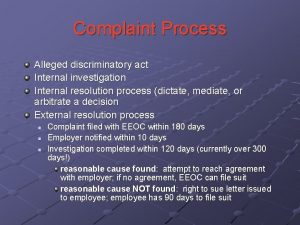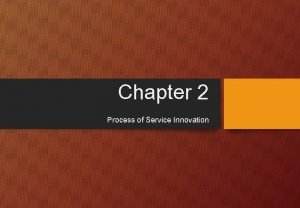Chapter 9 MANAGING THE INTERNAL PROCESS The innovation






































- Slides: 38

Chapter 9 MANAGING THE INTERNAL PROCESS

• The innovation process model in detail – Search – Select – Implement – Learn

Figure 2. 1 Simple representation of the innovation process © 2005 Joe Tidd, John Bessant and Keith Pavitt

Figure 9. 8 © 2005 Joe Tidd, John Bessant and Keith Pavitt The development funnel

The need for routines to handle the different phases in the innovation management process ”Innovation management is essentially about building and embedding such routines within the organization – but it is also about reviewing, improving and on occasions replacing them with new and more appropriate ones to cope with what is a constantly changing environment. In other words, it is about building dynamic capability. ” (Tidd et al. , p. 348)

Management of change. . . • ’Production capacity’ – capital goods, knowledge and labour skills to produce • ’Technological (innovative) capabilities’ – skills, knowledge and institutions that make it possible to generate and manage change in technology (Bell & Pavitt 1997)

Table 2. 4 Core abilities in managing innovation © 2005 Joe Tidd, John Bessant and Keith Pavitt

Table 2. 4 Core abilities in managing innovation (continued) © 2005 Joe Tidd, John Bessant and Keith Pavitt

Search Scanning the environment (internal and external) for, and processing relevant signals about, threats and opportunities for change

”Search space” • Exploring an environment made up of knowledge about technologies, markets, competitors, etc • Effective routines – Existing search space – Create new search space

Signals can be found through… • Technological and organizational change – In general (worldwide + all sectors) – Sector-specific developments – Developments within inter-organizational networks – Developments within the own firm • Market change • Political change • Cultural change

Tools for exploring search space • • • Defining the boundaries of the marketplace Understanding market dynamics Trendspotting Monitoring technological trends Marketing forecasting Technological forecasting Integrated future search Learning from others Involving stakeholders Involving insiders Mistakes management Communication and connection

Where are the huge markets of tomorrow emerging? • Ex. 1: mobile phone industry (signals initially weak, but a combination of technological and cultural change has enabled it to become a massmarket) • Ex. 2: ”healthy food” industry (education and changing social attitudes have given rise to a huge market for the products of this industry, which was earlier very small)

Tomorrow’s market • As a result of change – – Technical Cultural ”What we know” Trends • Communication – – – Customers Suppliers Universities Government Internal Competitors

Monitoring technological trends • Look in the periphery – Use the internet – Visit conferences, seminars, exhibitions – Building links to providers of knowledge • • Suppliers Universities Associations Informal network

Looking for ”tipping trends” A sudden change in public perception change how things are done. Ex. 1: What about energy use? Could an increasing awareness of environmental pollution and global warming change how we look at and use energy resources? (HYBRID CARS, LED LIGHTING)

Anticipating the future • Structured techniques forecasting – Market – Technological • Integretated future search

Learning and involving • Employees • Stakeholders – Capture their needs – Lead users/demanding customers • Competitors – Benchmarking • ”Mistakes” • User perspective – throughout the organisation

Select Deciding (on the basis of a strategic view of how the enterprise can best develop) which of these signals to respond to.

Enabling strategy-making • Strategic analysis – what can we do? • Strategic choice – what will we do? • Strategic monitoring – making sure that we over time still do what we want to do

Routines to help strategic analysis • Close fit between innovation strategy and the overall business strategy • Estimate the actual capabilities of the firm • The role of intermediaries – consultants who can provide assistance in thinking through innovation strategy • Regional and national government support programmes – – – IRAP programme (Canada, Thailand others) MINT programme (EU) TEKES counselling scheme (Finland) Manufacturing Advisory Service (UK) AMT programme (Ireland)

Strategy deployment • Communication and share the strategic analysis – enable people within the firm to understand commit the framework • To have ’know-why’ and not only ’knowhow’ • Especially important when it comes to implementing the idea of continuous improvements! • Often fails – no room for small innovations

Strategic Choice • No organization can do everything • Portfolio should include on both radical and incremental options • Factors to consider – Risk vs. reward – Familiarity of market and technology – Ease of entry vs. Market attractiveness – Competitive position vs. Market attractiveness – Expected time to reach the market vs. Market attractiveness

Building coalitions • Involve different people at an early stage in strategy-making – Across functional boundaries – Suppliers of components and sub-systems – Interaction with regulatory frameworks (product standards, environmental controls, safety legislation, etc. )

Implementation – Acquiring the knowledge resources (for example, by creating something new through R&D, market research, etc. , acquiring knowledge from elsewhere via technology transfer, strategic alliance, etc. ). – Executing the project under conditions of uncertainty – Launching the innovation and managing the process of initial adoption – Sustaining adoption and use in the long term – or revisiting the original idea and modifying it – reinnovation.

Enabling effective knowledge acquisition • • • Generation of knowledge within the firm Generation of knowledge outside the firm Technology transfer from external sources Technology transfer within the firm itself Small firms and large firms need to make use of external knowledge

Table 9. 2 Key abilities in technology transfer © 2005 Joe Tidd, John Bessant and Keith Pavitt

Developing absorptive capacity • Absorptive capacity – a firm’s ability to take on and make effective use of new knowledge • To use research results effectively, firms need to learn the basic skills of actually doing research! • (Cohen & Levinthal, 1990)



Implement • Increasing commitment of resources makes it difficult to change direction • When to stop a project that has been initiated but that seems to be a failure? • Stage model with different ”gates” – At each gate the project has to meet certain well defined criteria – if not it should be stopped

Figure 9. 8 © 2005 Joe Tidd, John Bessant and Keith Pavitt The development funnel

Figure 9. 9 Accelerating Idea to market - the AIM process © 2005 Joe Tidd, John Bessant and Keith Pavitt

© 2005 Joe Tidd, John Bessant and Keith Pavitt

More ”good practice” • Up to 70% of a product’s cost is determined at the design stage – ’learning before doing’. – Interplay between designers, makers, sellers and users. • Concurrent working • Proper project structures • Support tools

Routines for launch • • • Customer testing Test marketing Developing a marketing strategy Developing a marketing plan Developing a support organization

Launching process innovation • Internal market • Countinuos cycles of adaption • Organizational development (OD) – Clear management strategy – Communication/open climate – Early involvment – Clear targets – Invest in training

Learn • • Reflection Conceptulize Experimenation Documentation of project
 Managing change and innovation
Managing change and innovation White-water rapids metaphor
White-water rapids metaphor Mysite.socccd
Mysite.socccd Disruptive and radical innovation
Disruptive and radical innovation Chapter 9 managing the internal audit function
Chapter 9 managing the internal audit function Chapter 9 managing the internal audit function
Chapter 9 managing the internal audit function Managing innovation within firms
Managing innovation within firms Mengelola perubahan dan inovasi
Mengelola perubahan dan inovasi Strategic issues in managing technology and innovation
Strategic issues in managing technology and innovation Orderly visual search pattern
Orderly visual search pattern Chapter 4 managing risk with the ipde process
Chapter 4 managing risk with the ipde process Ipde process definition
Ipde process definition Executing in the ipde process primarily involves
Executing in the ipde process primarily involves Orderly visual search pattern
Orderly visual search pattern The innovation process
The innovation process Sustaining vs incremental innovation
Sustaining vs incremental innovation Expansion diffusion
Expansion diffusion Quality and innovation in product and process design
Quality and innovation in product and process design Centre for process innovation limited
Centre for process innovation limited Innovation scouting process
Innovation scouting process Internal control introduction
Internal control introduction Importance of vouching
Importance of vouching Managing integrated marketing communication process
Managing integrated marketing communication process Chapter 1 managing risk when driving
Chapter 1 managing risk when driving Chapter 8 managing stress and anxiety
Chapter 8 managing stress and anxiety Chapter 4 managing stress and coping with loss
Chapter 4 managing stress and coping with loss Biomechanical drivers ed
Biomechanical drivers ed Chapter 8 managing distractions answers
Chapter 8 managing distractions answers Chapter 6 managing weight and body composition
Chapter 6 managing weight and body composition Chapter 4 lesson 2 managing stress answer key
Chapter 4 lesson 2 managing stress answer key Managing in a global environment
Managing in a global environment Chapter 18 managing anxiety
Chapter 18 managing anxiety Chapter 17 managing business finances worksheet answers
Chapter 17 managing business finances worksheet answers Ch 17 mini sim on managing business finances
Ch 17 mini sim on managing business finances Chapter 16 managing the stress in your life
Chapter 16 managing the stress in your life Strict chronological arrangement
Strict chronological arrangement Most fad diets do follow the mypyramid guidelines.
Most fad diets do follow the mypyramid guidelines. An eating disorder in which people overeat compulsively
An eating disorder in which people overeat compulsively Managing global systems chapter 15
Managing global systems chapter 15

